The Drawing Year
- Postgraduate
- Open days
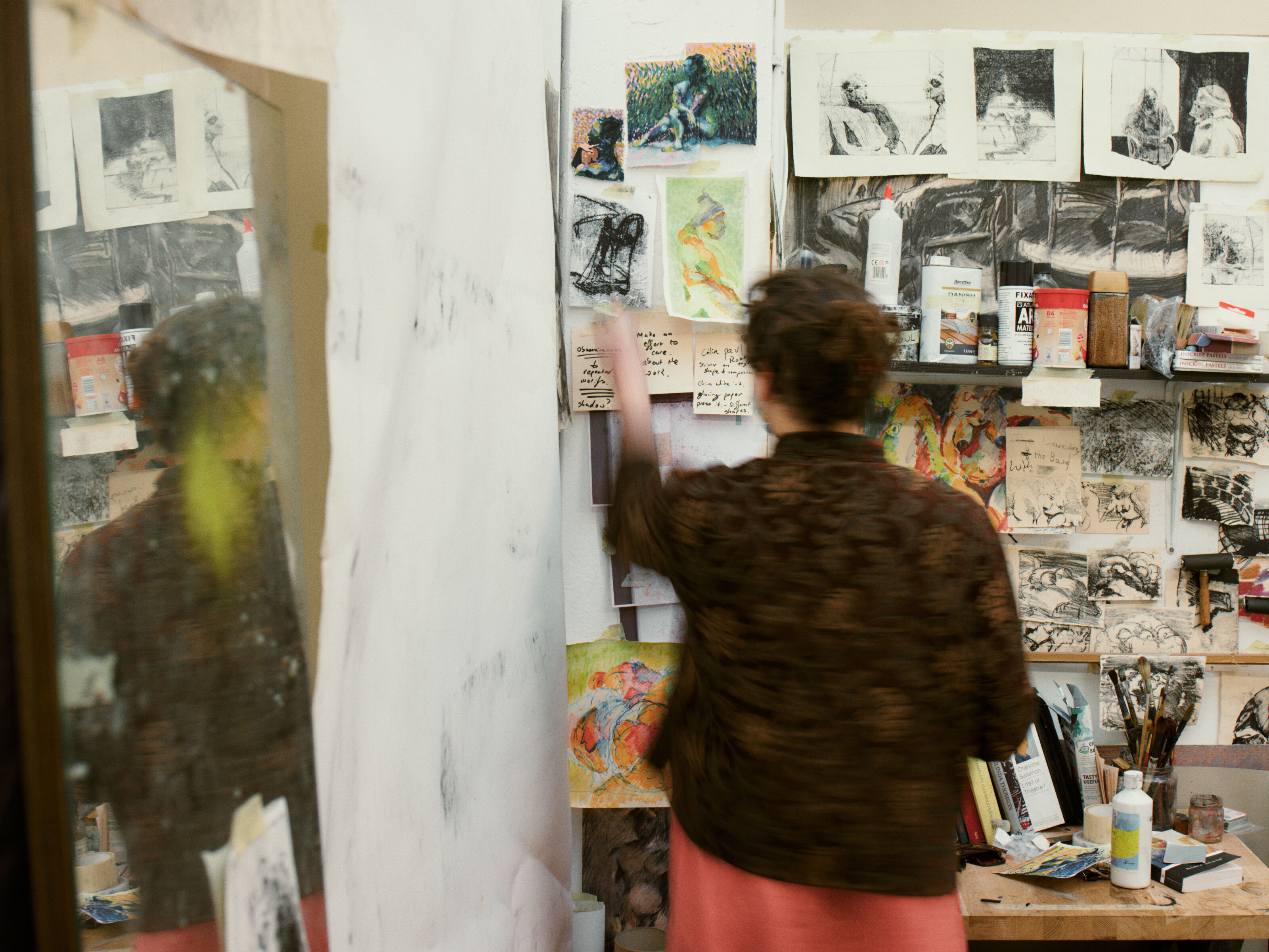
The Drawing Year
Course details
Deadline
1 April 2026, for Sept 2026 start
Duration
4 terms of tuition & studio practice
Fees
Free + Living Grants available
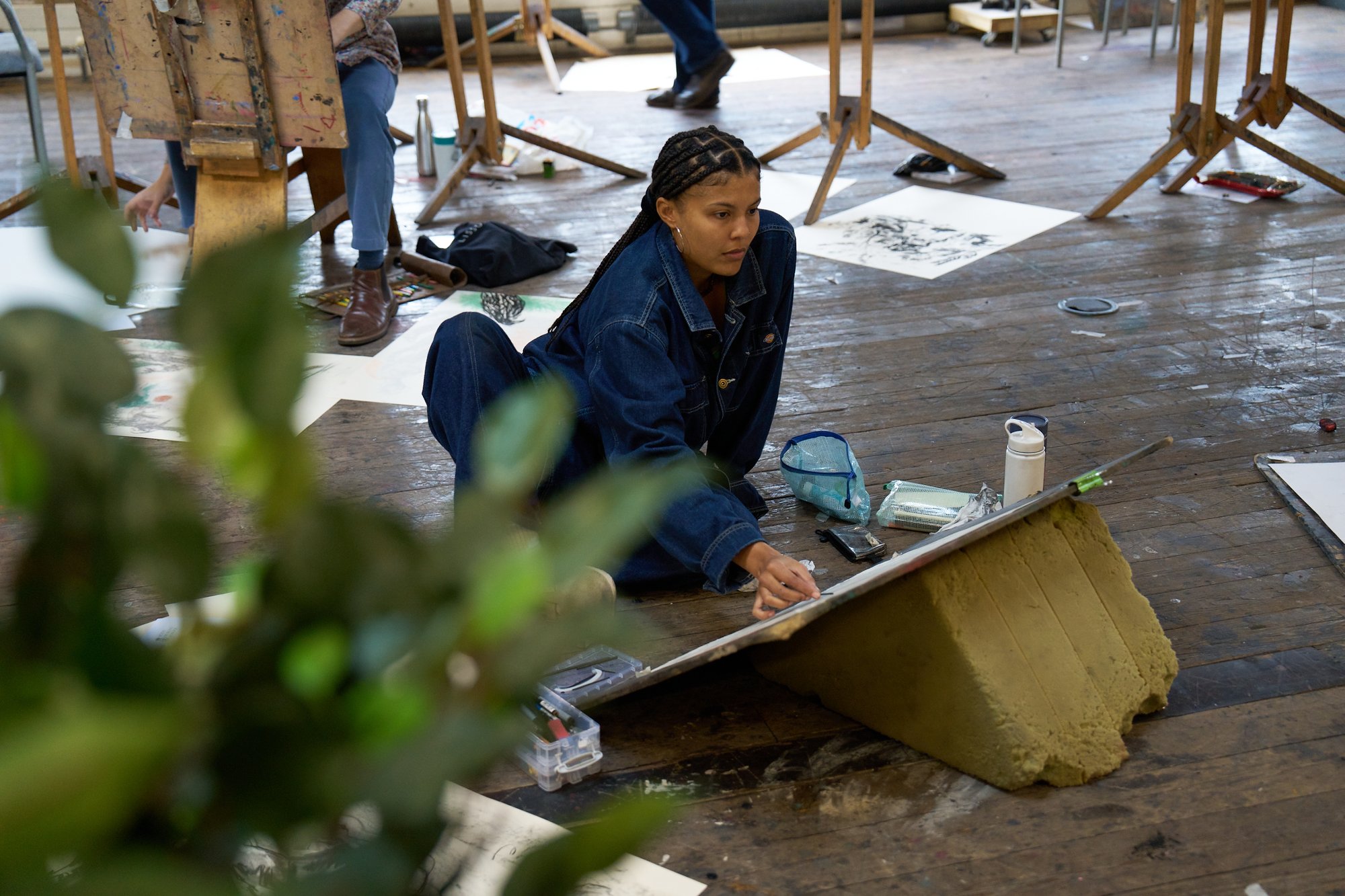
Overview
The Drawing Year is our full-time, full-scholarship postgraduate-level programme. It is designed for artists and creatives who wish to engage in creative exploration and critical enquiry, and discover how drawing can further enrich their practice.
30 selected students benefit from 3.5 days of skills-based tuition a week from distinguished teaching and visiting artists, access to their own dedicated studio space, a lecture programme, professional development guidance and the opportunity to exhibit in a series of end-of-year public exhibitions.
Places are offered on portfolio and interview. The programme has no fees, and living grants are available. Our Alumni programme offers teaching, residency and exhibition opportunities.
Introduction from our Founding Artistic Director
The Royal Drawing School started The Drawing Year, its postgraduate programme dedicated to drawing from life in 2000. It is unique in the spectrum of tertiary level art education in the UK.
The Drawing Year is a course of study at postgraduate level which provides an opportunity for intensive research and practice in drawing from observation. It sees drawing both as an end in itself and in relation to other areas of practice.
Drawing can be direct, incisive, intimate, surprising, funny or confrontational. Using the most limited of means, it offers some of the most demanding opportunities for growth to a contemporary artist, both visually and intellectually, allowing a free transition between mediums. It is one of the simplest and yet the most endlessly complex of human activities, encompassing a wide scope of practice and interpretation.
The Royal Drawing School provides a supportive and lively environment for sustained exploration in drawing, in the belief that practice strengthens hand and eye, and concentration nourishes the imagination.
Drawing Year students benefit from working amongst peers and from the contact with tutors and visiting lecturers, who represent a wide spectrum of artistic practice. Both students and faculty value the freedom of intellectual exchange and the atmosphere of shared commitment. Drawing is a primary language natural to all human beings. At the Royal Drawing School, it is taught as a way of thinking, seeing and understanding. Fundamental to the course is the assertion of the connection between looking and making images; a belief that conceptual innovation can be generated by an active engagement with the visual world that surrounds us.
Drawing connects what we see with how we think. It is a crucial meditation between the world and our idea of it. More flexible than language, drawing has the power to express thought in a new way, to communicate with economy and authenticity.
Catherine Goodman LVO CBE, Founding Artistic Director
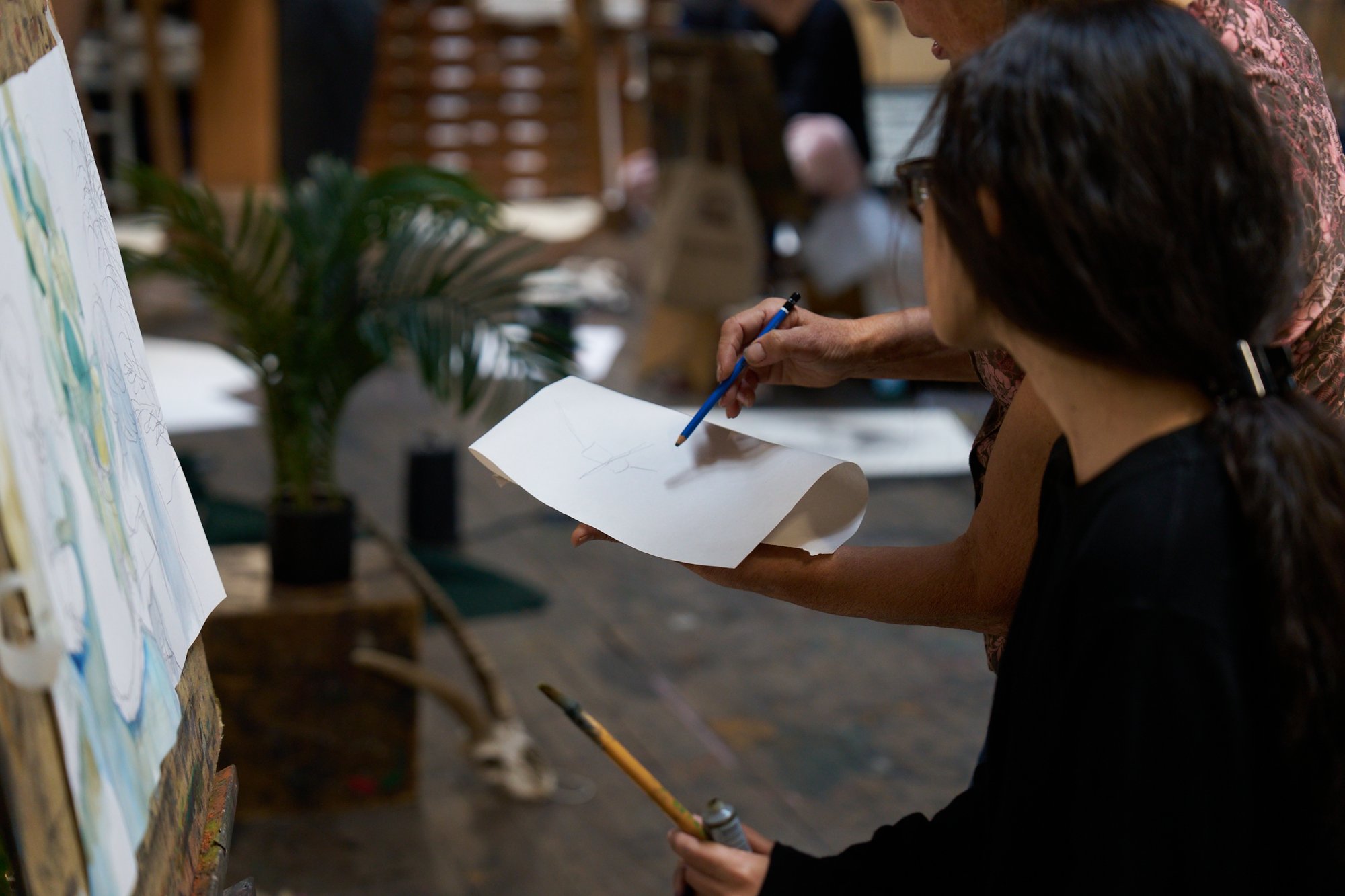
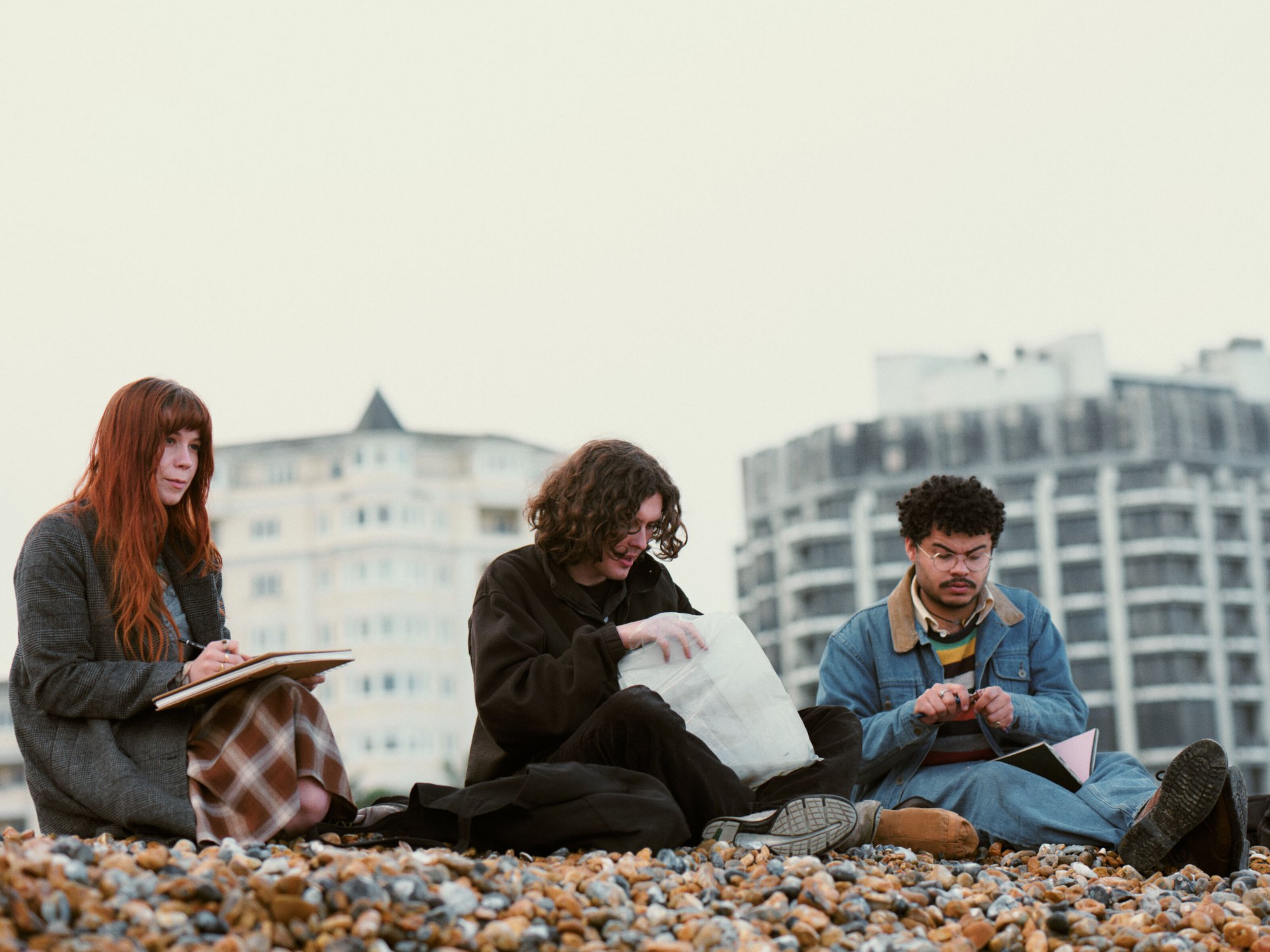
Programme details
Structure
The Drawing Year is a full-time, 16-month programme:
- Three 10-week terms (September 2025 – June 2026)
- Summer break (July- August 2026) with the opportunity to attend a Summer Painting Residency
- Final term (September- December 2026) dedicated to studio and professional practice
Flexible Course Selection
During the first three terms, students curate their own learning path from over 300 available courses, all led by our expert faculty of practicing artists. Each student participates in a minimum of 3.5 days of courses per week, ensuring a well-rounded and intensive experience.
Core Programme Day
Alongside their chosen courses, students take part in the Core Programme day, where all Drawing Year students come together once a week. These sessions explore a broad range of artistic approaches, subjects, and themes, while also fostering collaboration and critical discussion through forums, tutor-led critiques, and peer-to-peer feedback.
Studio Space & Independent Practice
From Term 2 onwards, students receive a free dedicated studio space, where they can focus on developing their individual practice. Studio access continues throughout the summer break and into the final term, allowing uninterrupted creative development in preparation for the end-of-year exhibitions.
Tutorials
Drawing Year students have two one-to-one tutorials each term with members of faculty. Tutors visit students in their studio spaces to look at drawings and other ongoing work.
In addition to these regular faculty tutorials, students benefit from special sessions with visiting artists. Past guests have included Hurvin Anderson RA, Celia Paul, and Daniel Crews-Chubb, offering students insight into their contemporary practice and creative processes.
Lectures and forums
Professional development
Study trips
Summer painting residency
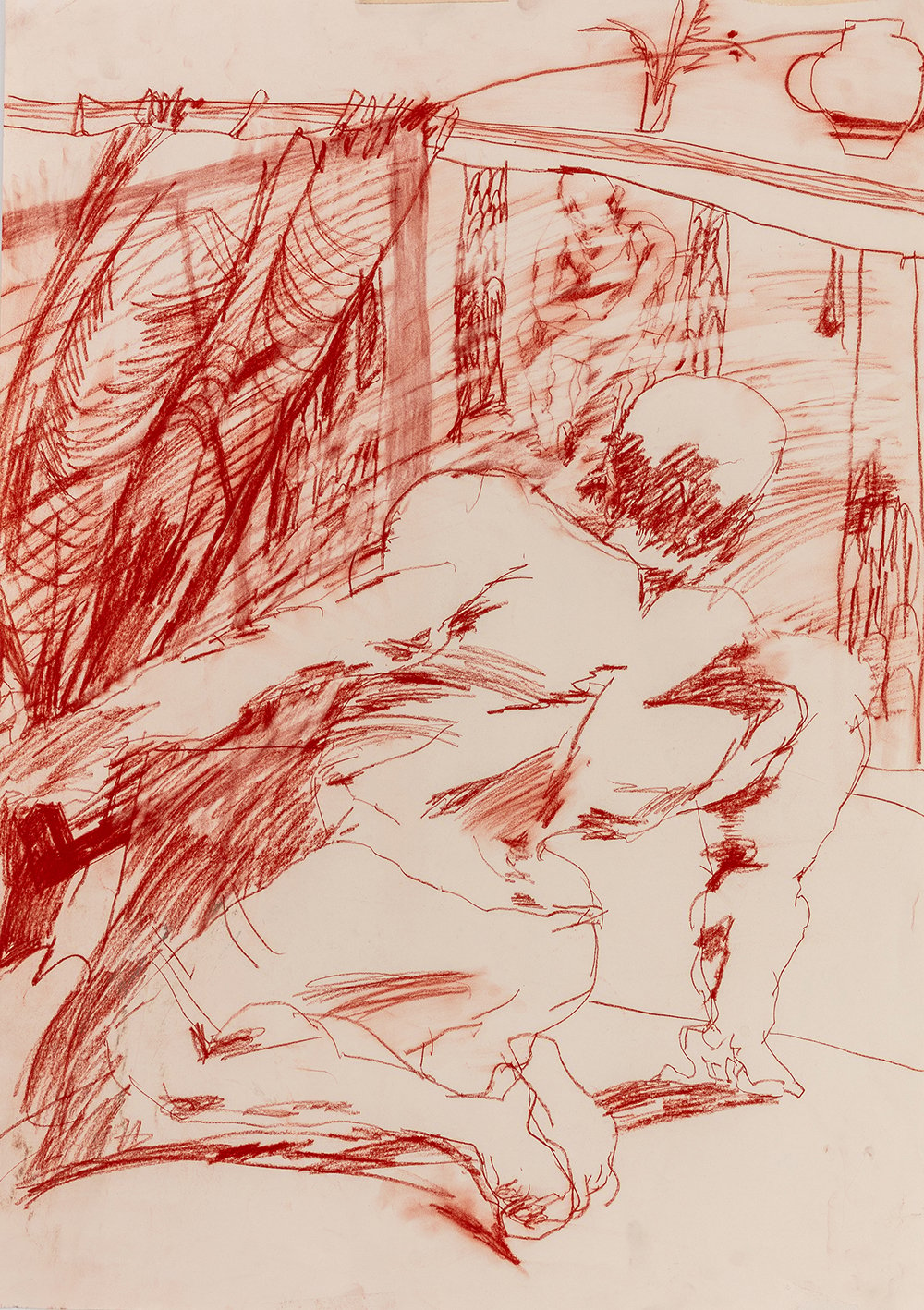
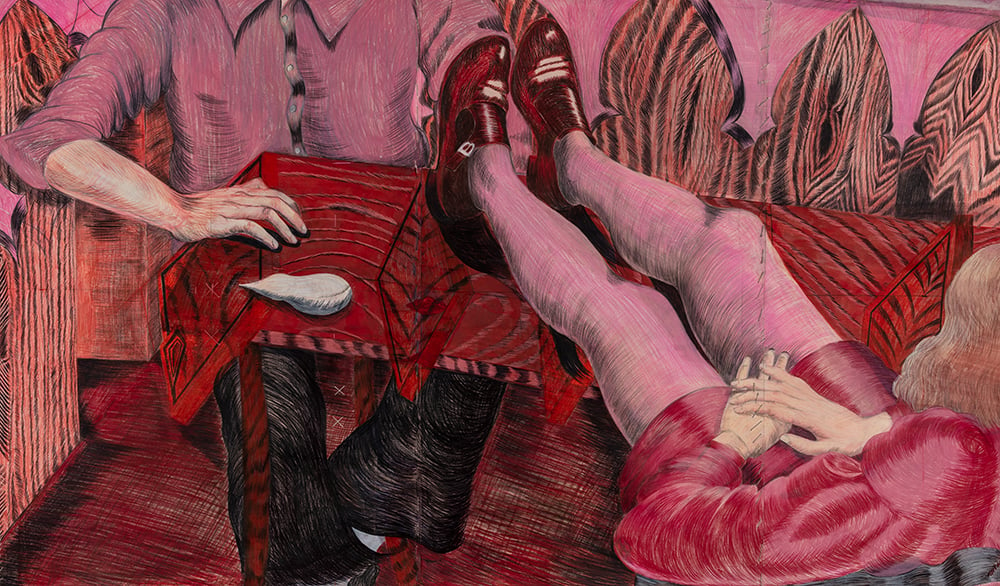
Curriculum
Courses are divided into three main areas:
-
Drawing in the Studio
The studio is a constant source of inspiration and is transformed into something different with every tutor. Working from the model, students will explore subjects including narrative and storytelling, costume and stage, portraiture and anatomy, memory and imagination.
-
Drawing from Art
Students get face to face with some of the world’s most remarkable collections. Through focused study, they gain a deeper understanding of the works and discover how drawing from art can inspire and enrich their own practice.
-
Drawing London
Students will be challenged to take work out of the studio and into the dynamic city, which is in continual flux. Drawing by day and night, students will see the architecture, the people, even the flow of traffic, with new eyes.
Imagination
Woven throughout the curriculum, with dedicated courses emphasising imaginations role in observational drawing. Students are encouraged to explore how imagination enhances perception, drawing, and learning, opening up new creative possibilities.
Printmaking
Seen as an extension of drawing, these courses also form part of the curriculum. Students will have the opportunity to explore intaglio techniques with an emphasis on etching.
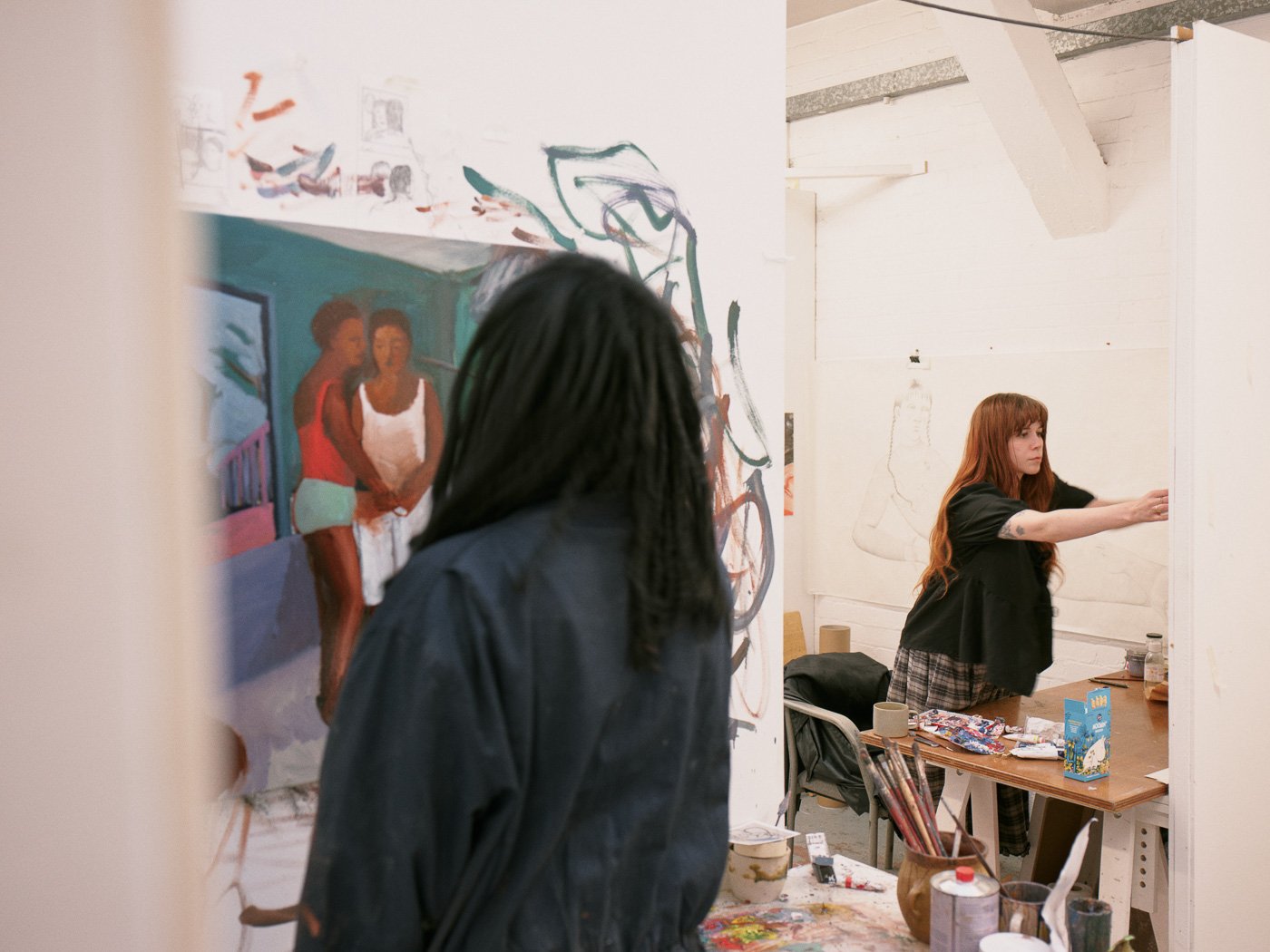
Facilities
The Royal Drawing School is located in Shoreditch, London. The converted 19th-century warehouse house includes spacious drawing studios, gallery spaces and a fully equipped intaglio print room. Learn more about the facilities.
Students’ individual studios are situated at SPACE studios in Hackney, a short journey from the school. They are purpose-built, with natural light, and accessible 24 hours a day, 7 days a week throughout the year, including holiday periods.
Isaac Heard
alumnus
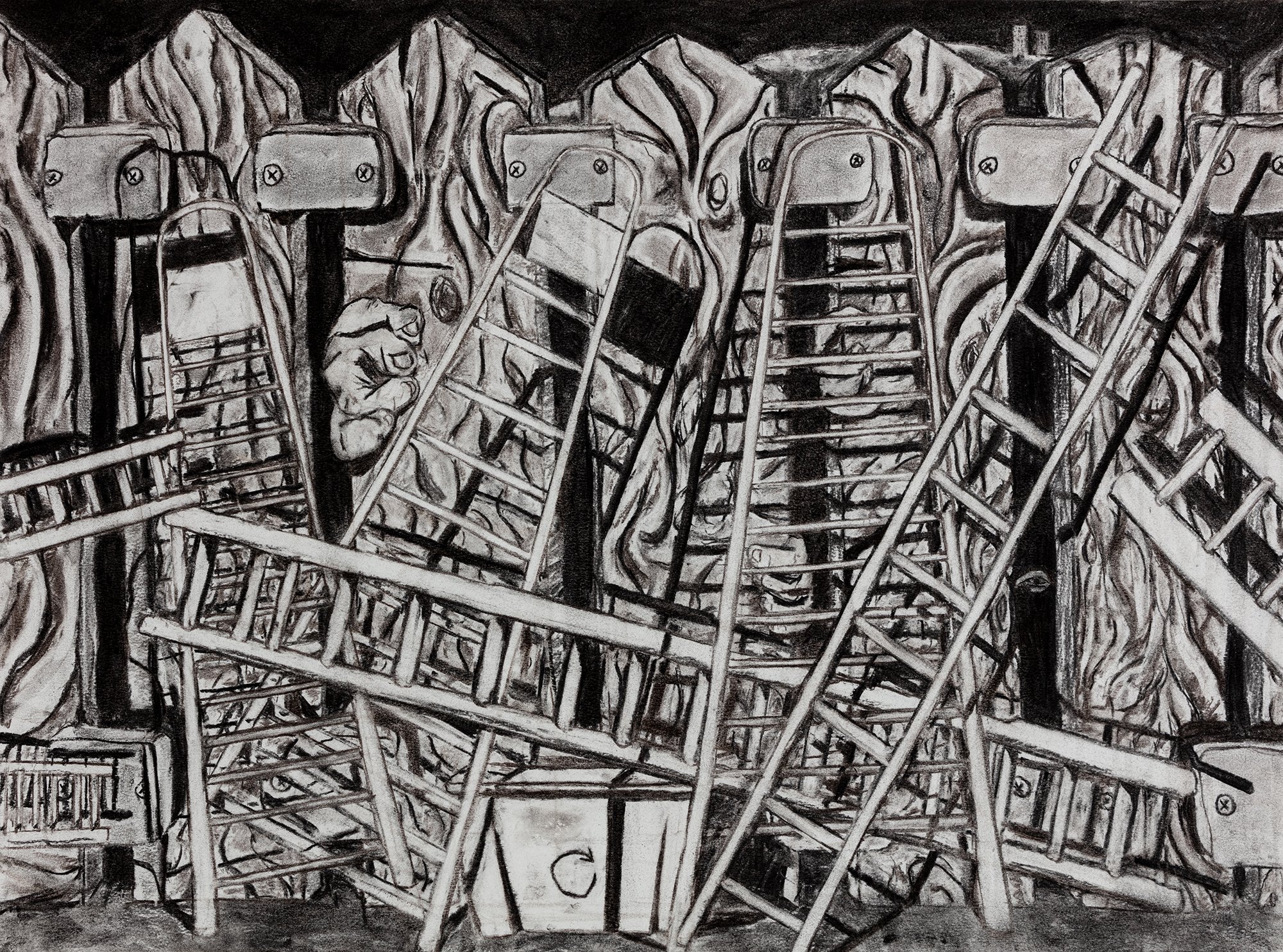
Noah's Ark I: Good Fences Make Good Neighbours
Isaac Heard
Funded residencies
National and international residencies created for Drawing Year alumni take place in countries such as Scotland, Wales, Italy, France, Switzerland, USA, Jamaica, Antigua and India.
Tutor training
Alumni exhibitions
Paid commissions
Alumni network
Discounted courses
Watch student interviews
Our students come from a variety of backgrounds and disciplines and each has their own unique experience on the year. Watch them describe how the Drawing Year has changed their practice.
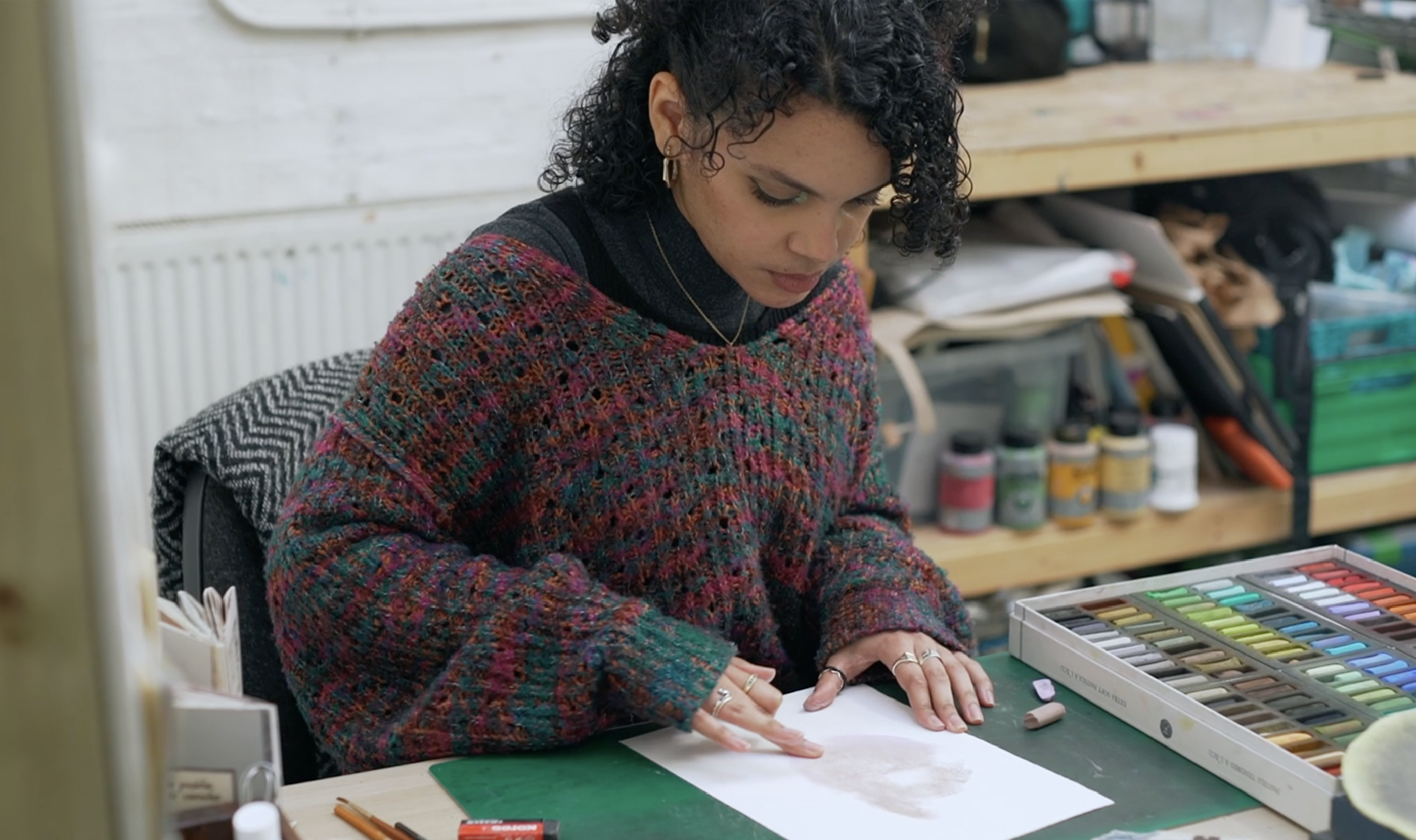
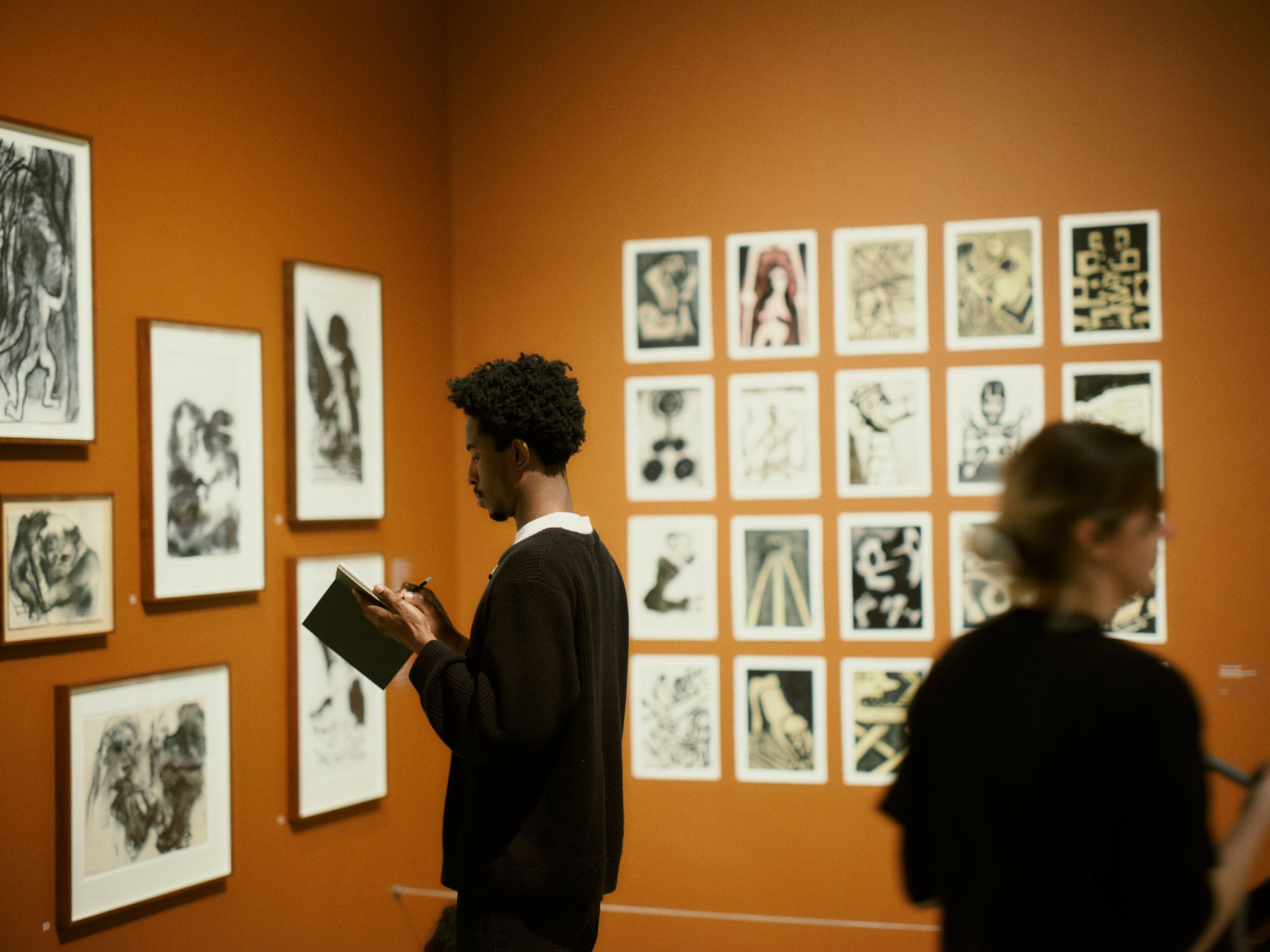
Funding
There are no fees for The Drawing Year; every student offered a place is awarded a full scholarship.
London Living Grant
This grant exists to support students who are relocating to London and those in financial need. Selected students may be eligible for a single grant of £3000 awarded before the start the course.
Bursaries
Each term students can apply to the School for a limited number of bursaries, which are means-tested. There is also a Hardship Fund available should students find themselves in financial difficulty during the course.
Applying
Places are offered to approximately 30 students each year based on portfolio and interview. Applications and digital portfolios are submitted online, after which a selection of applicants are invited for an in-person interview. Whilst many applicants will hold a BA in Fine Art or a similar subject, this is not required. We welcome applicants from a diverse range of educational or vocational backgrounds.
Find out more about the application process.
Further information about applying as an international student can be here.
Want to find out more?
Open days
In-person and online open days are an opportunity to hear from staff, faculty and alumni of The Drawing Year as well as ask questions about the course and application process.
Student stories
Read and watch our students stories, where Drawing Year alumni talk about their experiences on the course.
Building your portfolio
Portfolios offer a chance for applicants to demonstrate their commitment to drawing and artistic practice at a postgraduate level. From highlighting your best works to illustrating variety, we have collated recommendations that will give you an idea of what assessors are looking for in applications.
FAQs & Admissions Policy
If you have further questions about the programme, many answers can be found on our FAQs page here.
We have worked hard to ensure that our admissions process is consistent, transparent and promotes fairness and equality. Read our full Admissions Policy.
Contact us
Book on to an open day
In-person and online open days are an opportunity to hear from staff, faculty and alumni of The Drawing Year, as well as ask questions about the course and application process.
View works by students from their graduate show and get a sense of the breadth of work produced during The Drawing Year.
View all art
He who holds the cue.
Samuel Donagh

Always in search of something
Natalie Charles

Cowboys Are Frequently Secretly Fond of Each Other
Bek Ashton
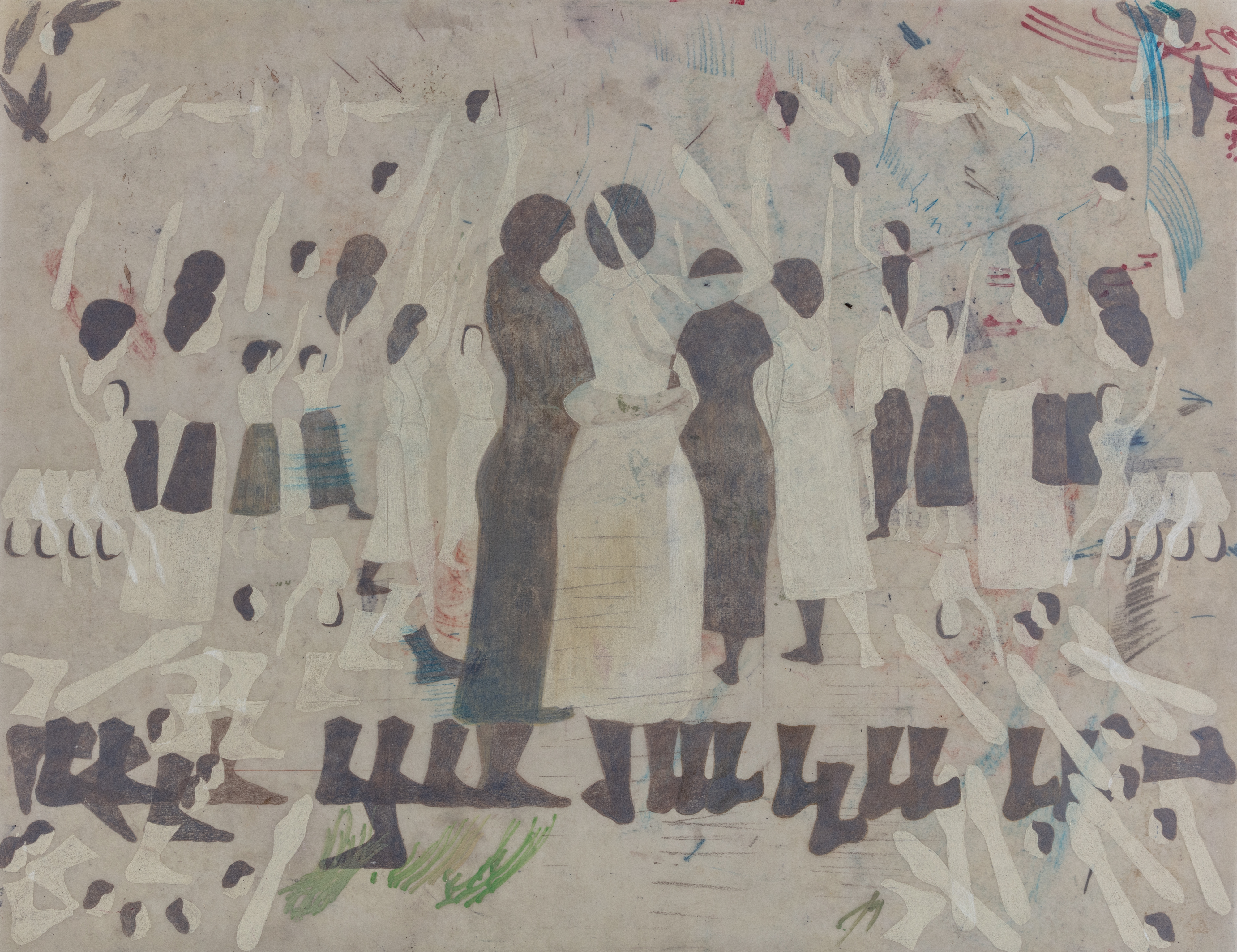
Arrhythmia
Rebecca Willing

Dog Man At The Villa
Will Powers

Laps of the Agon
Zoe Andrews

Petty Childhood Grievance
George Meadows

Life room drawing (1)
Rosie Tuff

He who holds the cue.
Samuel Donagh
Graphite on paper, 164 × 122 cm, 2024

Always in search of something
Natalie Charles
Soft pastel and handmade paint on Khadi paper, 42 × 30.5 cm, 2024

Cowboys Are Frequently Secretly Fond of Each Other
Bek Ashton
Mixed media on walnut dyed paper, 84 x 59 cm, 2024

Arrhythmia
Rebecca Willing
Mixed media on paper, 65 × 84 cm, 2024

Dog Man At The Villa
Will Powers
Ink on paper, 61 × 56 cm, 2024

Laps of the Agon
Zoe Andrews
Egg yolk on porcelain vase, 28 x 20 x 20 cm, 2024

Petty Childhood Grievance
George Meadows
Watercolour on paper, 38 × 53 cm, 2024

Life room drawing (1)
Rosie Tuff
Mixed media on paper, 84 × 59 cm, 2024